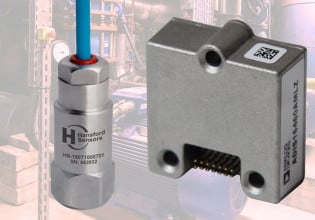V
Mark-vie 125VDC input supply coming from battery charger suddenly having difference between both legs.
Positive (+) phase: 45VDC
Negative (-) phase: -80VDC
Immediately we have isolated Mark-Vie input 125VDC supply from charger and system is lined up on DACA.
Please guide me what problem will occur on Mark-Vie system in case of continuous connect with this difference.
Positive (+) phase: 45VDC
Negative (-) phase: -80VDC
Immediately we have isolated Mark-Vie input 125VDC supply from charger and system is lined up on DACA.
Please guide me what problem will occur on Mark-Vie system in case of continuous connect with this difference.






